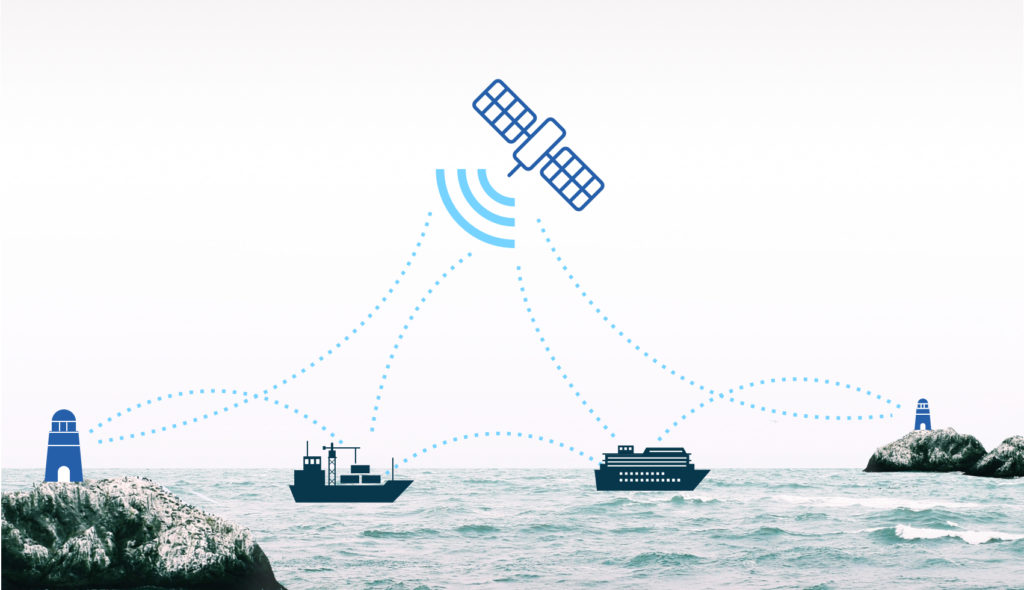Data exchange using VHF channels has been tested in the Baltic Sea
A new communications system using the VHF radio channels in order to secure data exchange at sea has been tested by Cobham SATCOM in the EU-funded project EfficienSea2. The system will increase the range of inexpensive, land-based, data connectivity at sea, but will also be able to connect through satellites.
Cobham SATCOM, the Denmark headquartered Cobham plc company, has tested a new way to send and receive data at sea. The trials took place aboard Scandlines’ hybrid ferries between Gedser (DK) and Rostock (DE), where the so-called VDES (VHF Data Exchange System) was installed as part of the EU-funded project EfficienSea2, in which Cobham SATCOM is a partner.
“The advanced communication features of VDES will enable easy and reliable exchange of data and information”
Traditionally used merely for voice communication, the VHF band is now being exploited to provide data connectivity at sea. These changes of the frequency band will make it possible to send broadband data both terrestrial and satellite-based for the first time.
This will make it more economical for ships to maintain a data connection at sea by eliminating the need to use satellites in coastal waters, while not compromising on the global connectivity satellites will be able to provide in the future.
Important tool for e-Navigation
VDES is expected to cover up to 50 kilometres from the nearest land-based equipment, which allows ships to benefit from modern communication and navigation methods without increasing costs. Initially Cobham SATCOM tested the amount of data it is possible to share when VDES is used to share data with land-based equipment.
Mads Friis Sørensen, Project Manager for EfficienSea2 says:
“Many ships need to be constantly online, and that makes an economic – and not least efficient – data connection of the utmost importance. The development of VDES represents an important step toward achieving that goal.”
Peter Andersen, Business Development Manager at Cobham SATCOM says:
“With the increased need for efficiency in ports and VTS operation, the advanced communication features of VDES will enable easy and reliable exchange of data and information between authorities and ships, making it an important tool in the implementation of e-navigation services.”
The results will now be analysed by Cobham SATCOM and the National Institute of Telecommunications in Poland. The development of VDES will help the EfficienSea2 project achieve its goal of connecting the maritime world through the Maritime Cloud. You can read more about how this goal is achieved at EfficienSea2.org.

